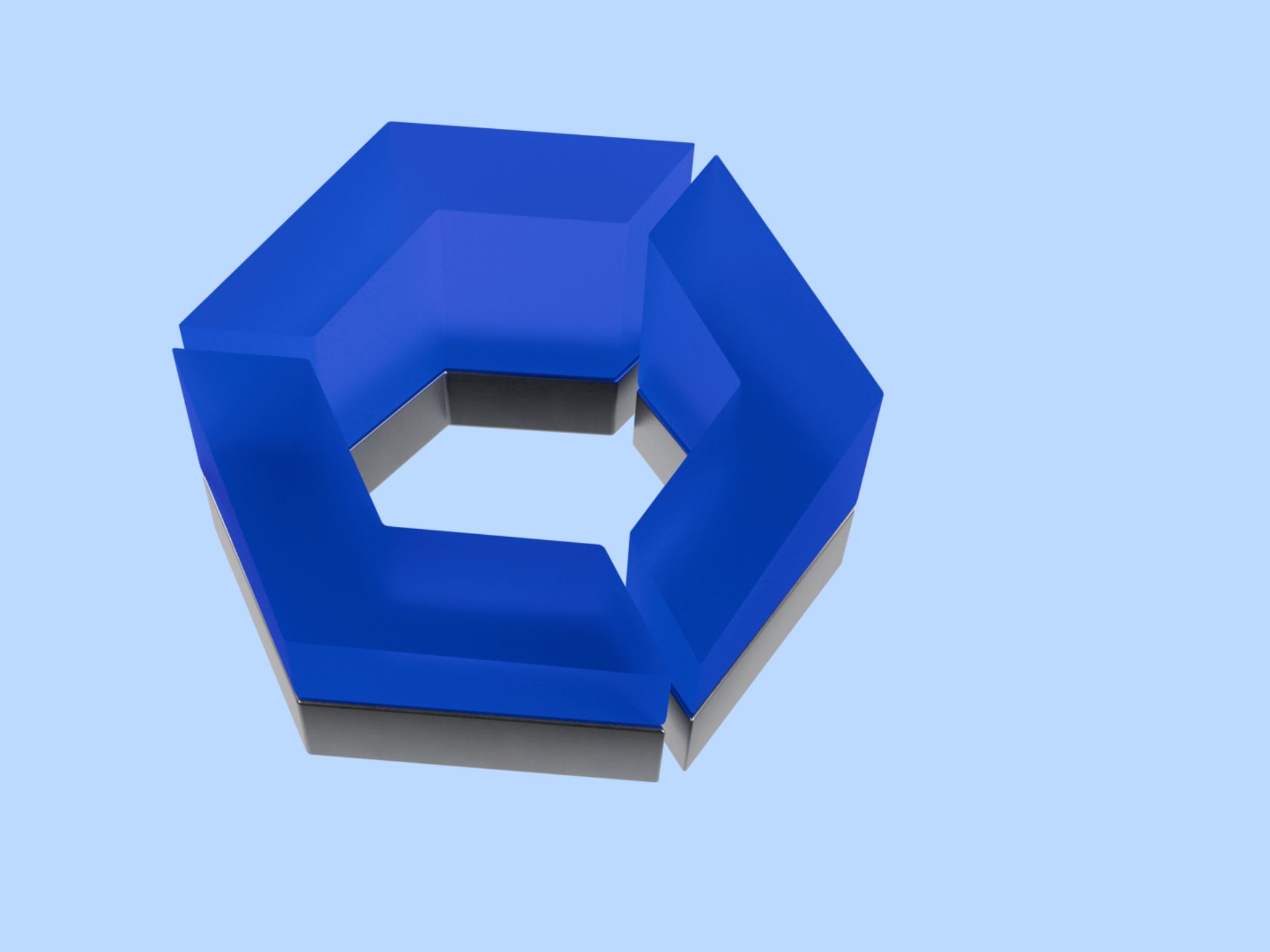Only 1% of retailers are currently taking advantage of the powerful technology of AR and VR to enhance their customers’ shopping experiences.
Despite this, nearly half of all merchants remain unprepared to take advantage of this technology.
As an online store merchant, you are constantly looking for ways to reduce customer decision friction and enhance the user experience.
Magento 2 is a highly customizable ecommerce platform, allowing you to leverage the latest solutions and make the most of the exciting potential of AR.
Now is the time to get ahead of the curve and start exploring the possibilities of this revolutionary technology.
What Is Augmented Reality?
In a world where technology is advancing at an unprecedented rate, it is important to stay up-to-date with the latest trends and innovations.
One of the most exciting developments in recent years is the rise of augmented reality (AR). Augmented reality is a technology that overlays digital information onto the physical world, enhancing our perception of reality and creating new experiences.
From gaming to education to retail, AR has the potential to revolutionize the way we interact with technology and the world around us.
By combining physical and virtual elements, customers can view a product as if it were in the room with them, giving them the confidence to make a purchase.
This interactive experience allows customers to ask questions, get a full view of the product, and make an informed decision, ultimately leading to increased sales.
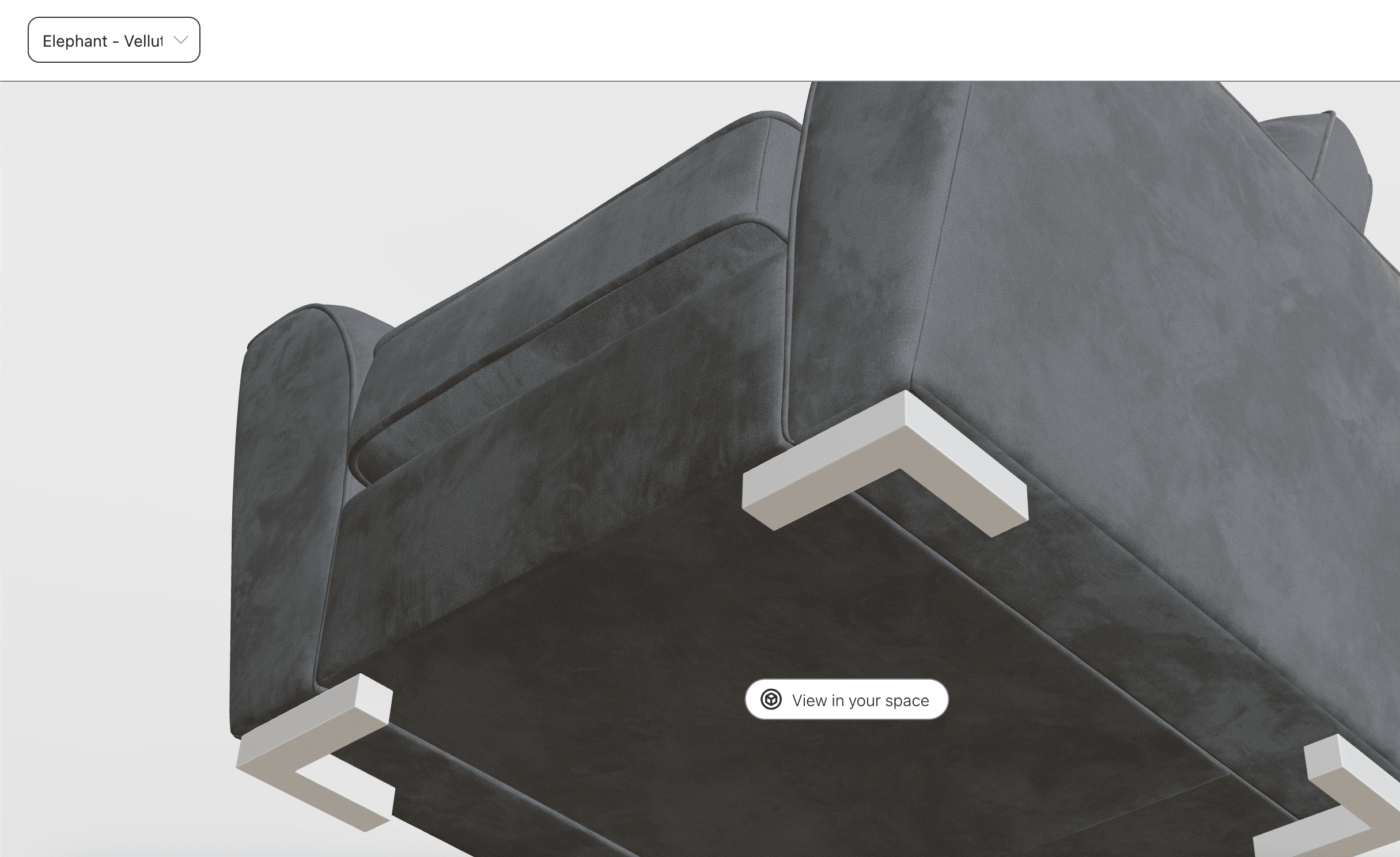
Types of augmented reality
The most popular types of augmented reality solutions are marker-based and markerless.
Marker-based uses a physical marker, such as a QR code or image, to trigger the display of digital information. When the camera detects the marker, it overlays the digital information onto the physical world.
Markerless augmented reality, on the other hand, does not require a physical marker. Instead, it uses the camera and sensors to detect the user’s surroundings and then overlays the digital information onto the physical world based on that information.
Markerless AR is more complex than marker-based, as it requires advanced computer vision and image recognition technology to accurately detect and track the user’s surroundings.
Thankfully, most modern mobile devices come equipped with multiple cameras, a gyroscope, and powerful GPUs, making it possible to render high-quality markerless AR with exceptional accuracy.
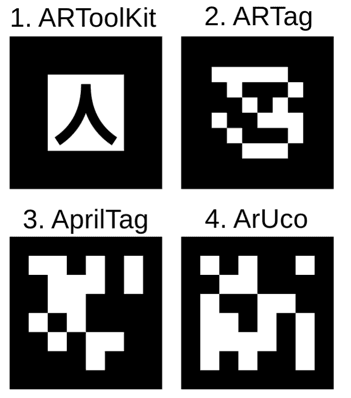
Markers used by certain AR software. Source: Wikipedia
Is creating an AR app necessary?
You don’t need a native mobile app to develop AR experiences. Most modern browsers support WebGL, a technology for rendering 3D models.
Android devices support WebXR which leverages augmented reality even further, enabling seamless AR experiences on mobile devices.
Safari for iOS on Apple devices has less than ideal experience with AR.
However, there are solutions to fake the AR or to browse the model with AR Quick Look.
AR Quick Look is a feature that allows users to view models in AR without having to open the full app. This means that models are not interactive, for example, color swatches can’t be updated.
Customer is forced to configure and relaunch Quick Look every time they introduce new changes to the product visuals.
Despite these limitations, AR Quick Look is a useful feature for merchants who want to implement augmented reality without having to develop the full app.
Learn more about use-case with AR for a furniture company.
Benefits of Integrating AR Into Your Ecommerce Store
Integrating augmented reality into your ecommerce store offers many advantages, such as increased customer engagement, improved customer satisfaction and loyalty, and the ability to provide a realistic shopping experience. 61% of consumers prefer retailers which provide AR experiences.
By allowing customers to explore products in detail through an interactive 3D representation of them, they can make an informed decision and purchase with confidence.
Additionally, with built-in analytics you can gain insights on how customers interact with each product and use this knowledge to better optimize your ecommerce store and marketing strategies.
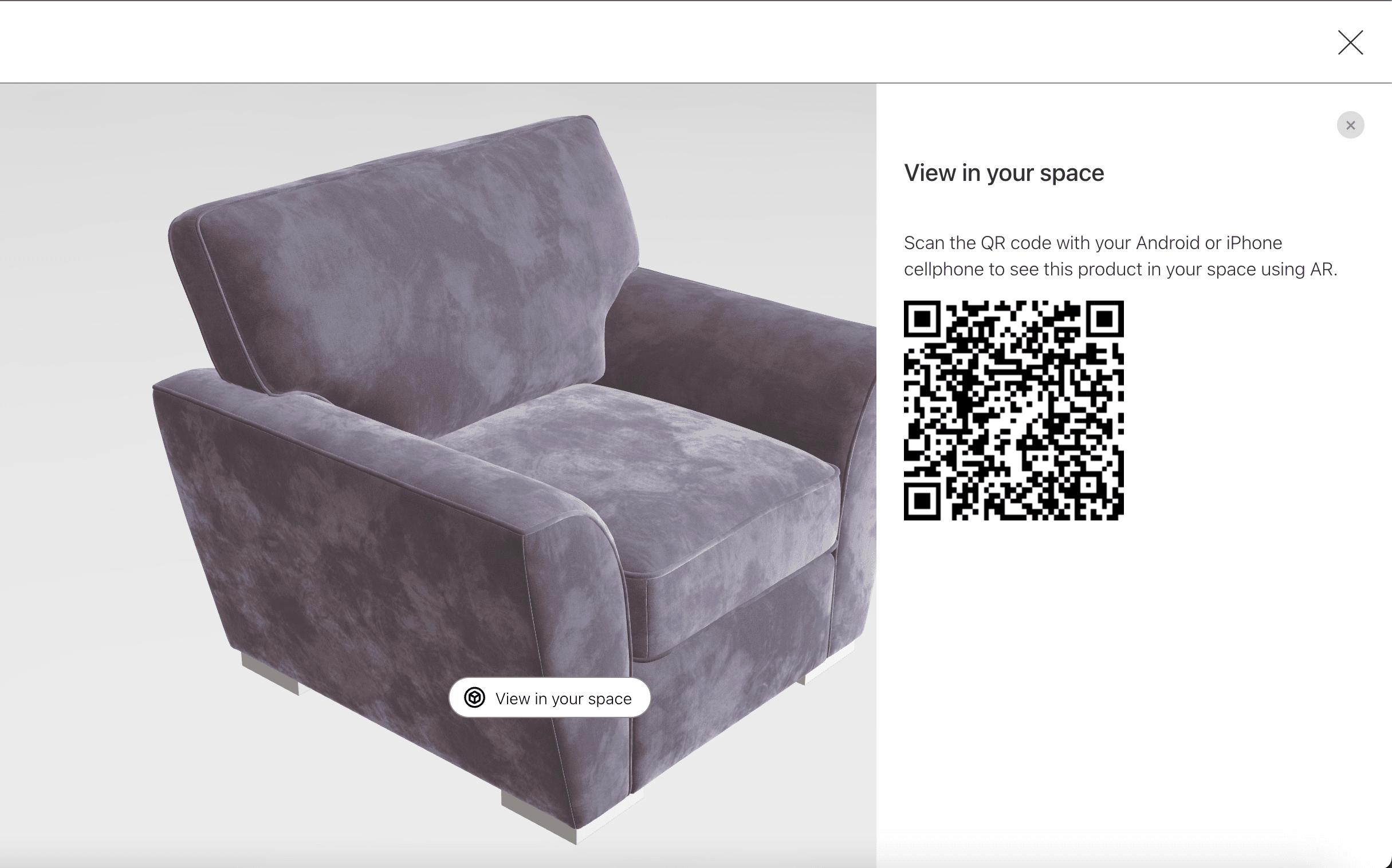
Limitations of Magento 2 product gallery without AR and 3D viewer
By default, Magento 2 product gallery can only provide customers with a limited amount of information.
Customers can zoom in on images to get a closer look at products, but it still lacks the realistic experience that AR can provide.
Furthermore, AR technology not only allows you to showcase products with more realistic 3D representations but also provides a whole new level of interactivity for customers. They will be able to manipulate products and explore them from any perspective without ever leaving the website.
Furniture can look vastly different when placed in the customer’s home, as compared to its picture.
Professional studios use three-point lighting which affects the object material color. Some details, such as the height of the backrest, are easier to get a better sense of when viewed in person.
This is easily achieved even with browser based AR kits. Correctly used Physically Based Materials (PBR) are indistinguishable from the real world substances.
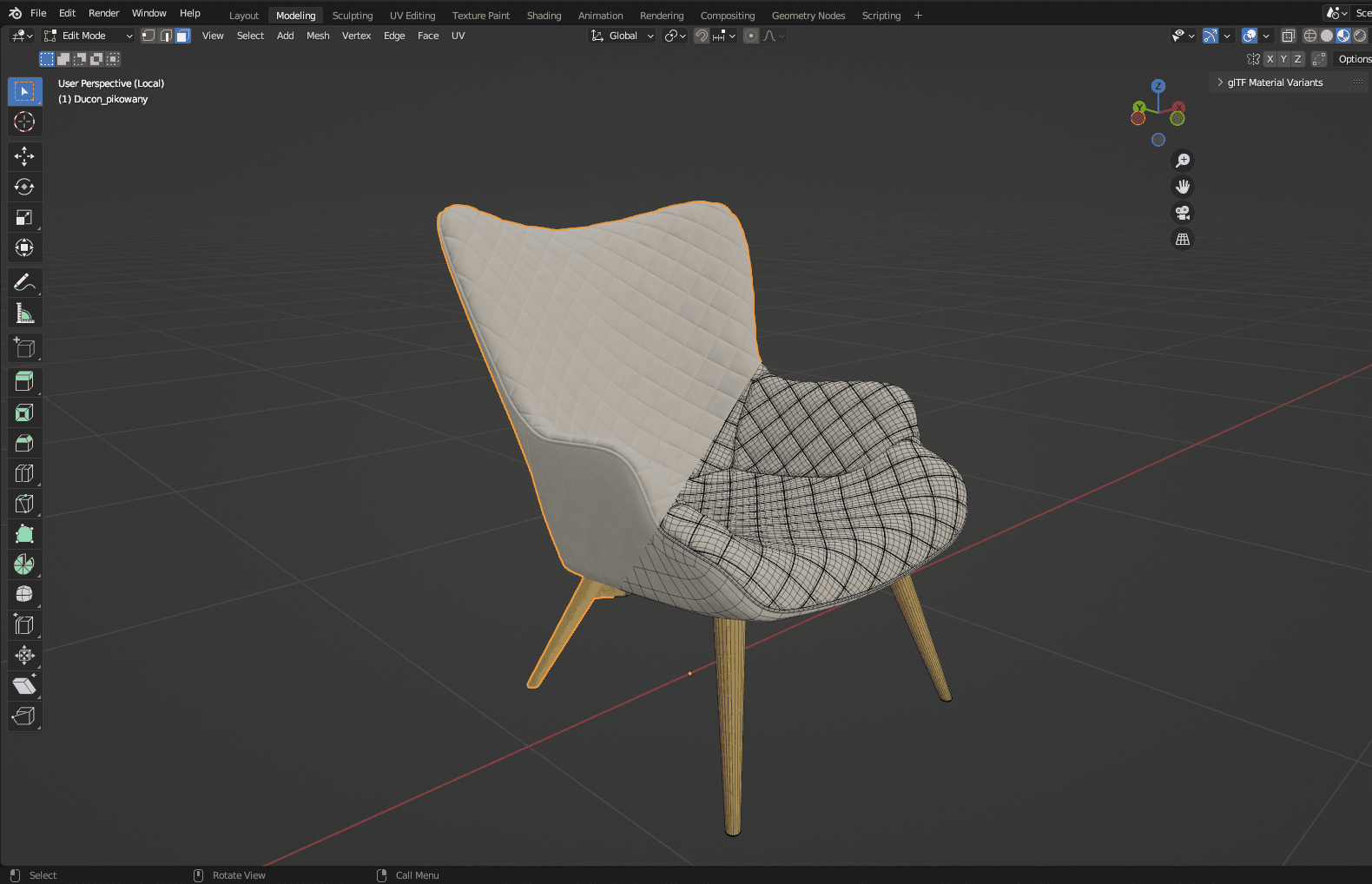
How to Get Started With Implementing AR on Magento 2
If you’re looking to get started with AR in Magento 2, it’s best to determine how are you going to prepare 3D models and materials.
Here are options you have to create 3d models:
- Get models files from your vendor: This is the easiest option, as most vendors will provide 3D models for their products which are designed using computer software.
- Hire a freelancer to create 3D models from photos is an excellent option if you don’t have access to 3D models. It’s important to remember that you are responsible for taking appropriate photos to ensure the best quality results.
- Use a 3D scanners to create models from real objects. It is a more advanced and potentially more expensive option than the others. Nonetheless, it can be more realistic, and it is much easier to create models that are tailored to a specific product or purpose. Additionally, the end result is often more precise, making it a great option for those looking for a professional and realistic look.
If you have created models by yourself, you’ll need to prepare them for web and export as gltf2.0 files. The process includes simplification of mesh topology, assigning materials and variants.
There are plenty of 3D modeling tools: Autodesk 3ds Max, Maya, and Sketch are all great for 3d graphics. Our top choice is Blender 3D. Not only is it free, it also has an incredible community behind it.
For creating materials, textures.com is a great place to start.
It has a wide variety of textures that can be used for your model materials. If you are creating custom materials, you can take photos of real-world objects and use those as the source for your materials.
After that, generate PBRs using Substance3d or alternative free tools like Materialize.
If that overwhelms you, don’t worry - we are here to help! We are experienced in developing Augmented Reality (AR) solutions for Magento 2, and we would be delighted to start a new project with you.
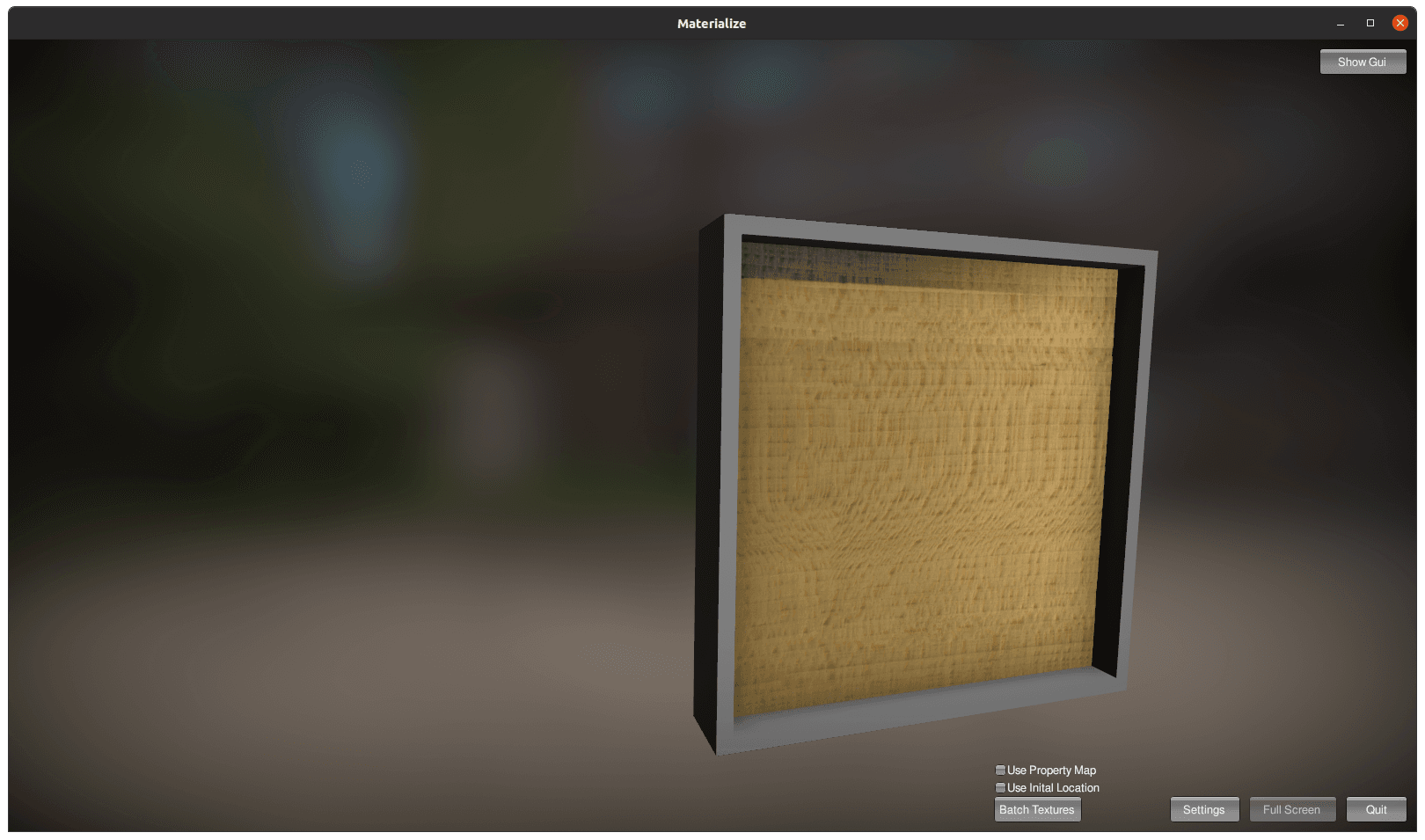
Bring Amazing Experiences to your customers with Magento 2 and model-viewer
Magento 2 has always been a very versatile ecommerce platform, and when augmented reality is works seamlessly integrated with this platform it can help your customers have an even better shopping experience.
By embedding the model viewer in the Magento 2 product gallery, your customers can enjoy a more realistic view of products and make more informed decisions easier than ever before.
The evidence is indisputable - 61% of customers are more likely to purchase from an ecommerce portal that offers an Augmented Reality experience, and 71% would make more frequent visits if AR was an option.
The introduction of Augmented Reality and 3D has transformed the relationship between shoppers and retailers, significantly decreasing the rate of returns.
These technologies allow customers to experience products before they commit to buying them, making it simpler to make a wise choice.
It is clear that both consumers and retailers are taking advantage of AR and 3D technologies.
The future of augmented reality in ecommerce
The future of augmented reality is definitely bright. Its potential grows with continuous advancements and improvements in the technology unlocking new, exciting possibilities.
AR has the power to revolutionize a multitude of industries, with its impact on the retail sector being particularly significant.
With AR technologies, you can offer customers the ability to experience virtual try-ons, enabling them to see clothing and accessories on themselves before committing to a purchase.
Additionally, virtual showrooms can be created using AR, offering customers a glimpse of how furniture and other products would look in their homes, enhancing their buying experience and reducing the amount of returns with negative reviews.
The retail industry has the potential to create immersive and personalized shopping experiences for customers, setting a new standard for customer satisfaction.
Conclusion
Augmented Reality (AR) is an exciting new technology that can be leveraged to reduce customer decision friction and enhance the user experience.
Magento 2 as a customizable and powerful ecommerce platform makes it easy to incorporate AR into your online store.
With its immersive technology and interactive experiences, AR can give customers the confidence to make a purchase and help your business reach its full potential.
References
External links to websites mentioned in the article:
- Unity-based PBR material editor: Materialize page
- the great open source 3D modeller: Blender3D
- website with textures and materials: textures.com
- research on AR by Marketing Dive
